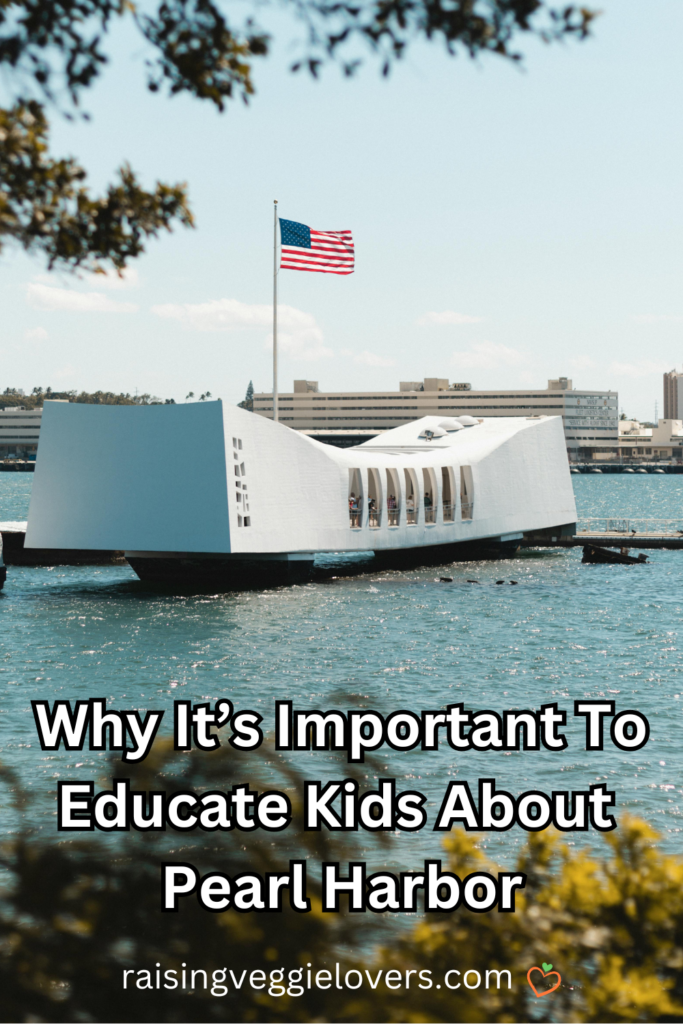
Teaching kids about Pearl Harbor goes beyond recounting a historical event. It’s about instilling valuable lessons and fostering an appreciation for national history to shape informed citizens who understand the significance of the past. Here, we explore why it’s important to educate kids about Pearl Harbor, how to go about it in a lighthearted manner, and the significance of sharing America’s history with them.
The Ripple Effects of December 7, 1941
The attack on Pearl Harbor, a surprise military strike by Japan, marked a turning point in history and propelled the United States into World War II. By learning about the timeline of events, children gain a clearer understanding of how a single day can alter the course of nations.
More importantly, stories of heroism and sacrifice—like those of the sailors aboard the USS Arizona—shine light on the bravery of individuals who stood strong amid immense adversity. Teaching these stories ensures that the human elements are never forgotten and helps kids relate to and grasp the magnitude of such events.
Lessons That Transcend History
One of the most profound lessons from Pearl Harbor is the importance of preparedness and vigilance. Kids can learn that even in times of perceived peace, being alert and ready is critical. Discussing the mistakes and challenges that led to the attack provides a deeper understanding of the value of being proactive in personal and national contexts.
Pearl Harbor also exemplifies the power of national unity. Following the attack, Americans showcased unparalleled solidarity and shared sacrifice, which serves as a meaningful lesson for children about coming together during times of hardship. Additionally, exploring the consequences of war and the pursuit of peace offers an opportunity for kids to reflect on the importance of striving for a better future.
Build National Pride and Responsibility
Teaching kids about Pearl Harbor fosters a sense of national pride and identity by connecting them to the sacrifices made by earlier generations to protect their freedoms. Understanding the event deepens their respect for those who came before them and might inspire a sense of responsibility to uphold and cherish those ideals.
When we connect history to the present, kids begin to see their role in shaping the future. This connection can spark curiosity and drive them to become more informed and engaged citizens, ready to contribute positively to their communities and beyond.
Engaging and Effective Ways To Teach
To make this learning experience meaningful, parents and educators can use documentaries, books, and other educational resources tailored to younger audiences. For a more immersive experience, be sure to choose the right Pearl Harbor tour that aligns with your children’s age and level of understanding. These tours bring stories to life and leave lasting impressions.
Visits to museums and historical sites, paired with discussions and age-appropriate activities, encourage critical thinking and make the learning process more hands-on. Such experiences allow kids to ask questions, form their own opinions, and fully appreciate the lessons embedded in history.
Educating kids about Pearl Harbor isn’t just about commemorating a historical event; it’s about equipping them with lessons that promote vigilance, unity, and peace. Beyond fostering an appreciation for history, these lessons empower children to be engaged, responsible, and compassionate citizens.

As always, sharing is caring! Please click on the buttons below to share this post with your friends!
